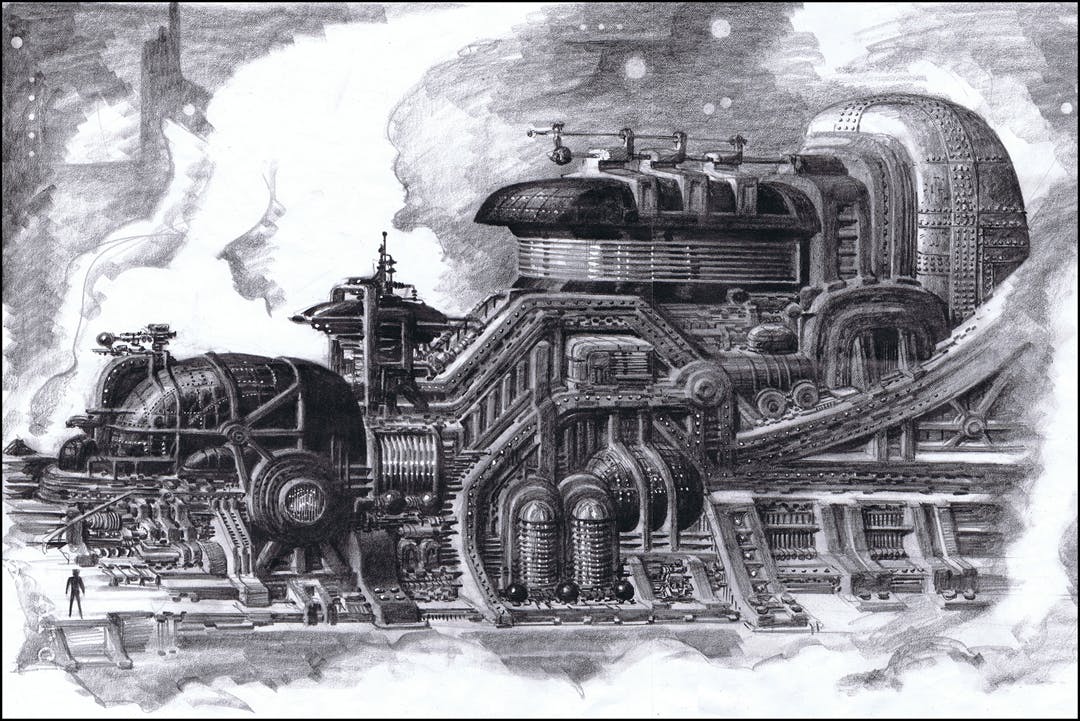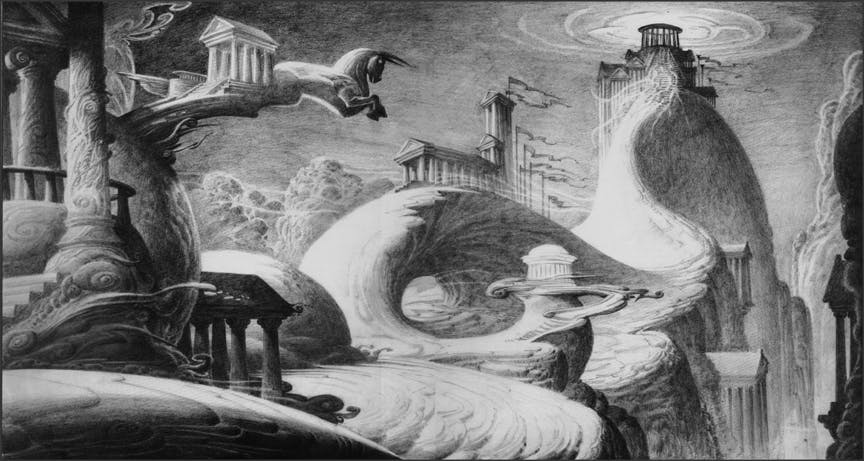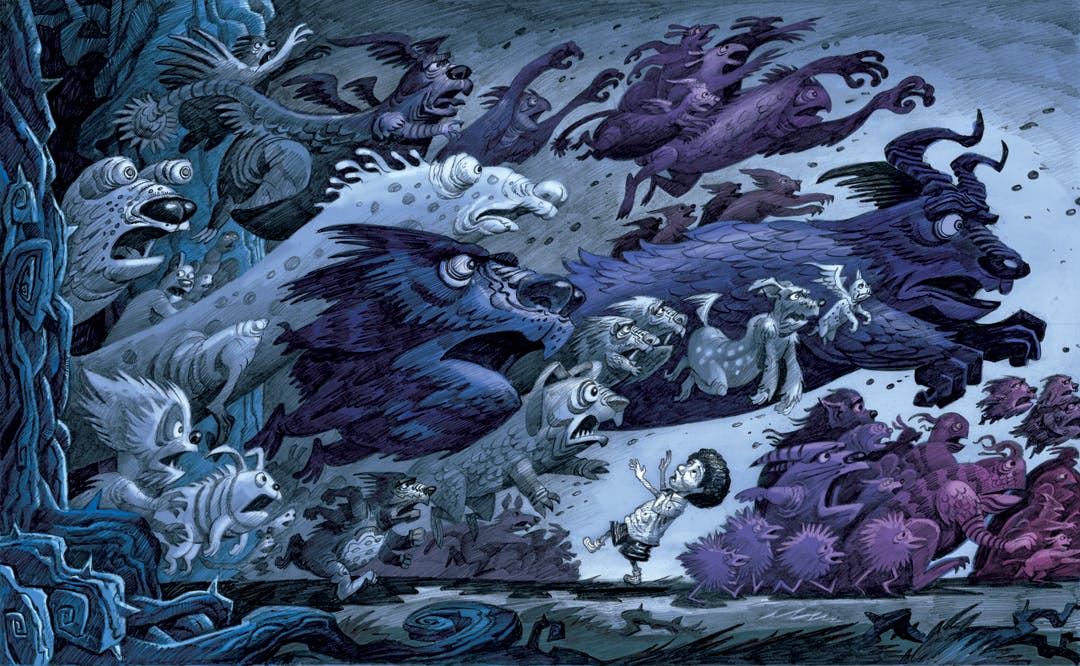Crafting an Infographic Timeline
Crafting an infographic timeline is more than just a way to visualize data – it's a captivating experience that takes viewers on a visual journey through information. Infographic timelines combine the power of visual storytelling with the organization and structure of a traditional timeline to present data in a way that is both engaging and informative.
In this article, we will delve into the key elements of a good infographic timeline, discuss how to create an effective one, explore the best free software for designing infographic timelines, and provide online resources for inspiration. So let's get started on crafting your very own infographic timeline – a visual journey through data.
Infographics have become increasingly popular in recent years, and for good reason. These visuals use elements such as charts, diagrams, and illustrations to simplify complex information and engage viewers. A timeline, on the other hand, is a linear representation of events that occurred in chronological order.
So, an infographic timeline is a combination of these two powerful elements – presenting data in a simplified and visually appealing format, while also highlighting the sequence of events. This makes infographic timelines perfect for presenting historical data, project milestones, or any other type of information that can be best understood through a visual timeline.
Key Elements when creating an effective timeline
To create an effective infographic timeline, there are certain key elements that you should keep in mind. Firstly, it is important to have a clear and concise storyline. A good storyline will guide the viewer through the timeline in a logical and easy-to-follow manner, making the information more digestible. Next, make sure to use relevant and visually appealing images.
These images should be used to support the data and information presented on the timeline, making it more engaging and memorable for the viewer. Additionally, utilizing a consistent color scheme and font is crucial in maintaining a cohesive and professional visual. This will also make your infographic timeline more visually appealing and easy to navigate.

Artwork by Bruce Zick
Another important component of a good infographic timeline is the use of accurate and reliable data. Since the purpose of a timeline is to present information in a sequential manner, it is crucial to ensure that the data is correct and up-to-date. Any discrepancies or inaccuracies can lead to confusion and diminish the effectiveness of the infographic timeline.
It is also essential to have a balance between text and visuals. Too much text can be overwhelming for the viewer, while too many images can overshadow the data. Find a balance that works best for your information and keep the text concise and to the point.
Create your Timeline
Now, let's move on to how you can go about creating your own infographic timeline. If you have a background in graphic design, you can use software like Adobe Photoshop or Illustrator to create your timeline. These programs offer a plethora of tools and features that allow for a high level of customization and creativity.
However, if you are not a design expert, there are various user-friendly and free software options available as well. Some popular choices include Canva, Piktochart, and Venngage, which offer pre-designed templates and drag-and-drop features that make designing easier for beginners.

Artwork by Bruce Zick
If you are looking for ideas and inspiration for your infographic timeline, the internet is a vast resource. Websites like Pinterest, Dribbble, and Behance have a plethora of creative and unique infographic timelines that you can use for inspiration.
Another useful resource is Google image search, which allows you to filter images according to your search query. You can use this feature to find specific examples of infographic timelines. Additionally, following blogs and social media accounts that specialize in infographics can also provide you with fresh ideas and insights.
In conclusion, crafting your infographic timeline is a highly effective way to present data in a visual and engaging manner. By keeping in mind the key elements of a good infographic timeline, utilizing the right software, and seeking inspiration from online resources, you can create a visual journey through data that captivates and informs your audience. So, go ahead and start crafting your own infographic timeline – the possibilities are endless!
To summarize, here are the key points discussed in this article:
- Infographic timelines are a combination of infographics and timelines, presenting data in a visually appealing and chronological format.
- Key elements of an effective infographic timeline include a clear storyline, relevant images, a consistent color scheme and font, accurate data, and a balance between text and visuals.
- Adobe Photoshop and Illustrator are popular software for creating infographic timelines, but there are also user-friendly and free options such as Canva, Piktochart, and Venngage.
- Online resources such as Pinterest, Dribbble, Behance, and Google image search can provide inspiration and ideas for designing your infographic timeline.

